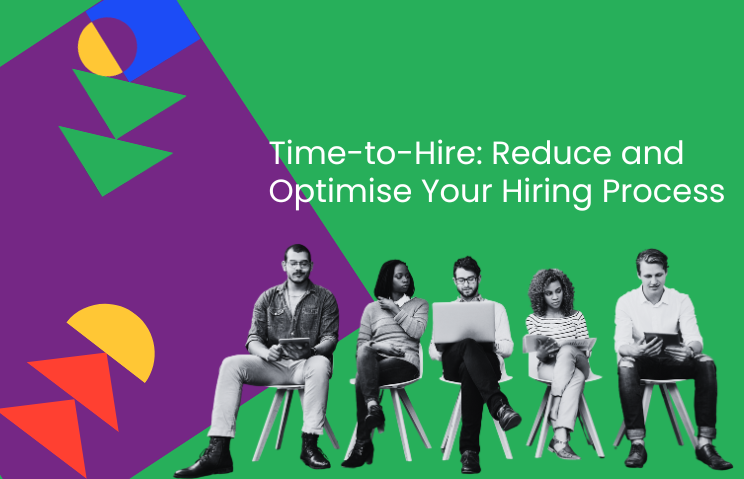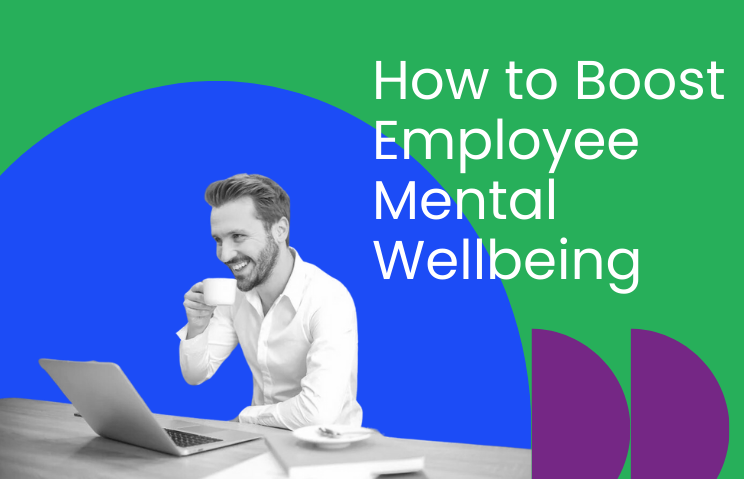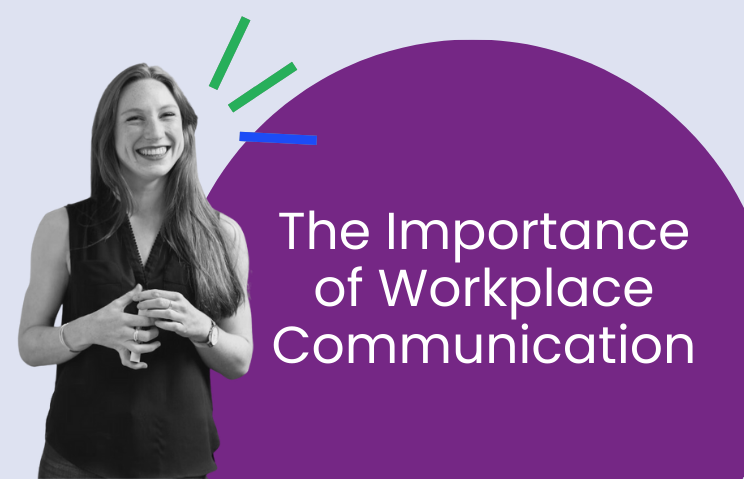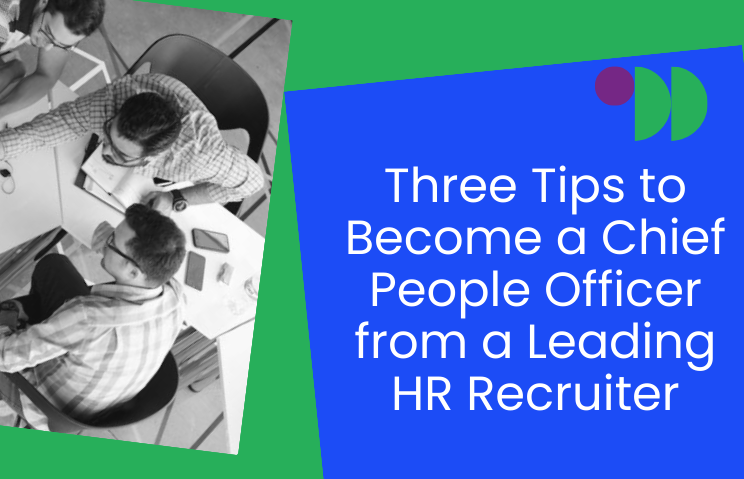The Three Types of Care Every Organisation Needs to Thrive

Employee wellbeing is a big priority for HR leaders this year – and rightly so. The last two years of uncertainty has put an overwhelming amount of pressure on employees and in 2022, the impact is still being felt.
Whether they dealt with job insecurity, the physical impact of COVID-19, or being separated from loved ones, no-one has been untouched by the pandemic. That’s why now is the time for organisation leaders to rethink how they’re creating a culture of care for employees.
ELMO’s 2022 HR Industry Benchmark Report, which surveyed 1500 HR professionals across Australia and New Zealand, found employee wellness was the top priority. Almost 90% of respondents said employee wellness was either a high or medium priority for FY 21/22, and it was also cited as a top five challenge for the next 12 months. So we know the catalyst is there, but how do HR leaders embed wellbeing into their overall company culture?
Featuring on ELMO’s PeoplePod podcast, Graeme Cowan, Founding Director of R U OK?, says a culture of care is an environment where employees feel safe enough to vocalise what’s going on in their lives – both personal and professional.
“At the core of it all is authenticity and being able to speak honestly about what’s happening, what your challenges are, and the opportunities as well,” he says.
Cowan urges all leaders to get into the habit of asking employees “are you OK?”, embedding that simple yet powerful question into our work conversations. In a virtual world, it’s easy to become transactional. While technology has made it easier to connect with each other in real-time, it’s also made us more likely to overlook the human on the other side of the screen.
How do you improve employee wellbeing?
In the episode, Cowan also shares the three types of care organisations should focus on to improve employee wellbeing, and create a multi-layered culture of care.
Self-Care:
It used to be a buzzword for pampering and face masks, but self-care means different things to different people. For some, it may well be a day of luxury. But for others, it means the peace and quiet of reading a book for an hour, or a day off to enjoy some fresh air. What’s important for HR is that employees are encouraged to find out what self-care means for them – both on a large and small scale – and carve out time in their schedule.
Crew care:
This relates to how employees are looking out for each other. Too often, the job of supporting employee wellbeing rests solely with managers, but fostering a culture of care must become everyone’s responsibility. Whether the support is upstream, downstream, or sideways, employees should be encouraged to look out for changes in behaviour in all their colleagues, regardless of job title.
Red zone care:
No employee should suffer in silence. Red zone care means ensuring employees feel safe enough to speak up when they are nearing the red zone (feeling depressed, anxious, angry or ashamed), and that managers, colleagues, and HR know the resources available to support them. Facilitating the next stage of care, for example through an EAP or external provider, is an important aspect of red zone care.
Dividing care into these three subsections helps HR leaders to develop a wellbeing culture that supports everyone, and the benefits are endless.
As Cowan explains: “If we get self-care and crew care right, we get growth. If we get crew care and red zone care right, we build resilience, and if we get self-care and red zone care right, we reduce risk.”
“These are all really desirable things to have in an organisation – striving for growth, striving to increase resilience, and then reducing risk. Team leaders can play a big part in this but so can all of us in thinking through all three areas.”
ELMO Software is a cloud-based solution that helps thousands of organisations across Australia, New Zealand and the United Kingdom to effectively manage their people, process and pay. ELMO solutions span the entire employee lifecycle from ‘hire to retire’. They can be used together or stand-alone, and are configurable according to an organisation’s unique processes and workflows. Automate and streamline your operations to reduce costs, increase efficiency and bolster productivity. For further information, contact us.
 HR Core
HR Core 









